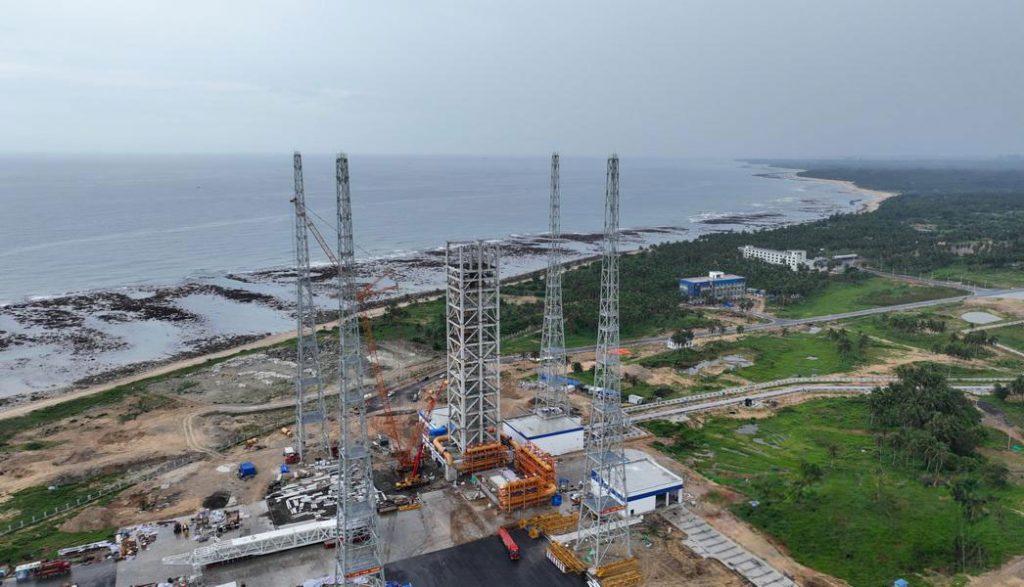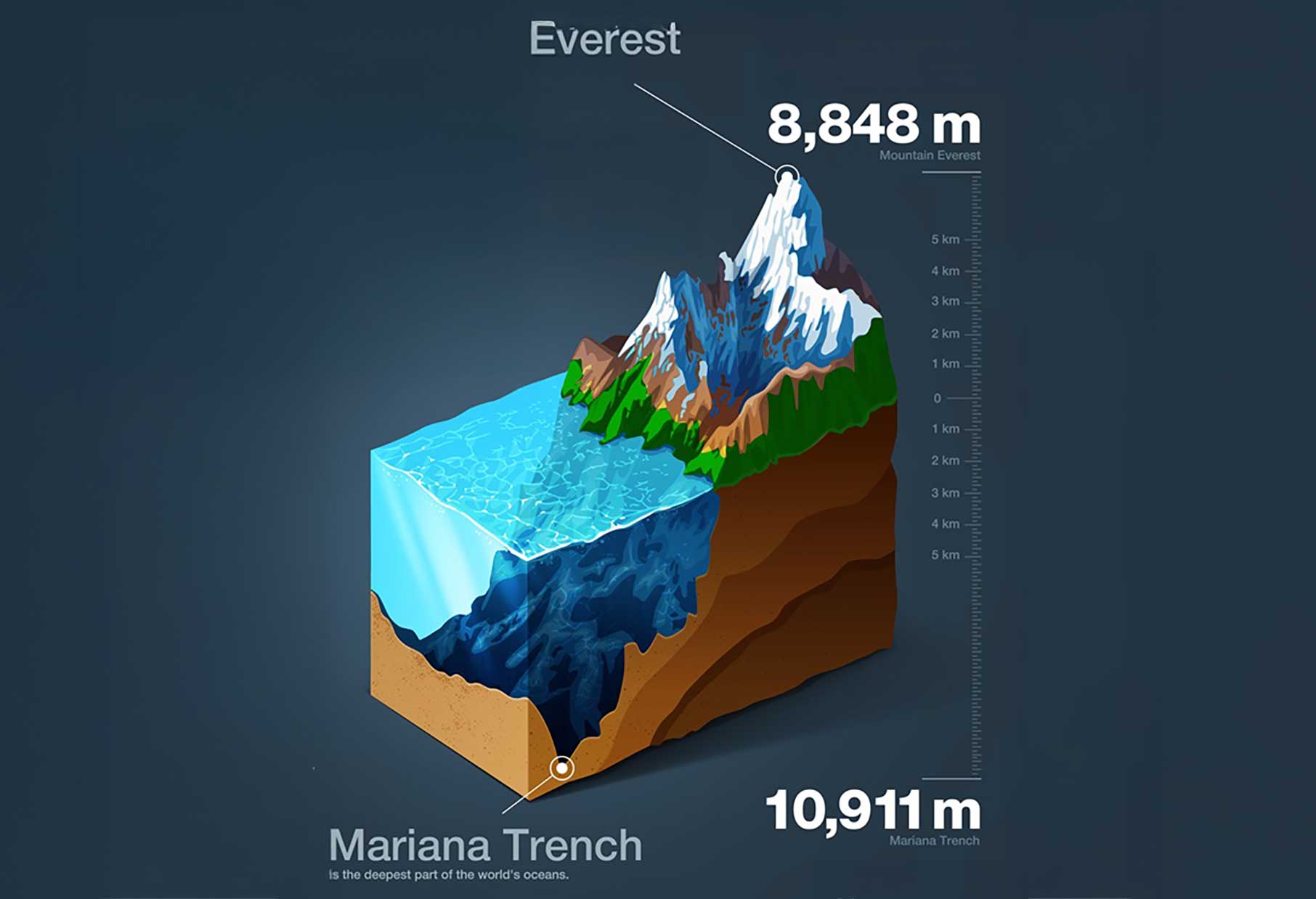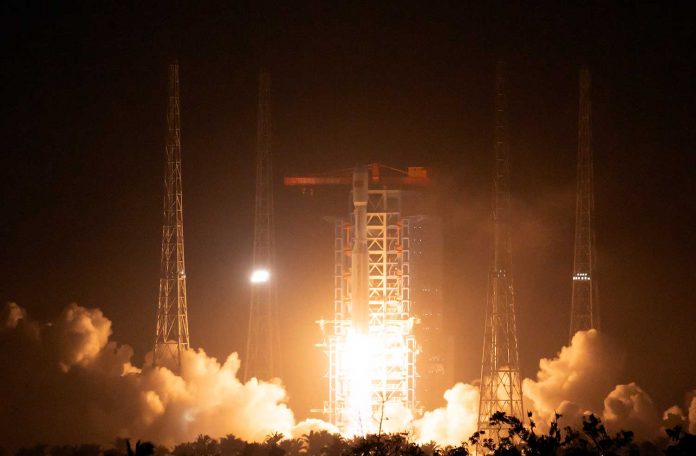On March 12, the Hainan Commercial Space Launch Site successfully conducted the inaugural launch from Launch Pad 1, marking a significant milestone in China’s commercial space sector. This follows the successful launch from Launch Pad 2 on November 30, 2024, verifying the site’s ability to support dual-pad operations for increased launch frequency.
Launch Pad 1, now fully operational, is dedicated to the Long March 8 rocket series, while Launch Pad 2 is China’s first universal liquid launch pad, capable of accommodating up to 20 different rocket models. The combined capabilities of both pads enhance China’s ability to conduct more frequent and diverse commercial launches.
Key Technological Advancements


The Hainan Commercial Space Launch Site has introduced several cutting-edge innovations to improve efficiency, safety, and payload capacity:
Three-Vertical Launch Mode (“三垂测发模式“) – A method that integrates vertical testing, assembly, and launch, significantly reducing turnaround time.
Ground Exhaust System with Water Spray Cooling (地面排导技术) – Enhances noise reduction and temperature control during liftoff.
Fully Subcooled Liquid Oxygen Filling (二级液氧全过冷加注) – Boosts rocket payload capacity by 10%.
Automated Pre-Launch Operations (加注后前端无人值守) – Reduces human intervention, improving safety and efficiency.
Autonomous Control and Monitoring Systems (测控系统自主可控) – Enhances real-time tracking and operational security.
Rapid Construction and Future Potential
The launch site was constructed in just 32 months, setting a new benchmark for rapid infrastructure development in China’s space sector. Large-scale recruitment began in April 2023, and by November 2024, the facility was ready for launch operations. The China National Space Administration (CNSA) played a key role in ensuring the safety and execution of these missions.
With both launch pads now operational, the Hainan Commercial Space Launch Site is positioned to play a crucial role in supporting China’s expanding commercial space industry.
Related article: Sanya: Scientists Release the First-Ever Map of the Deepest Ocean Ecosystem









